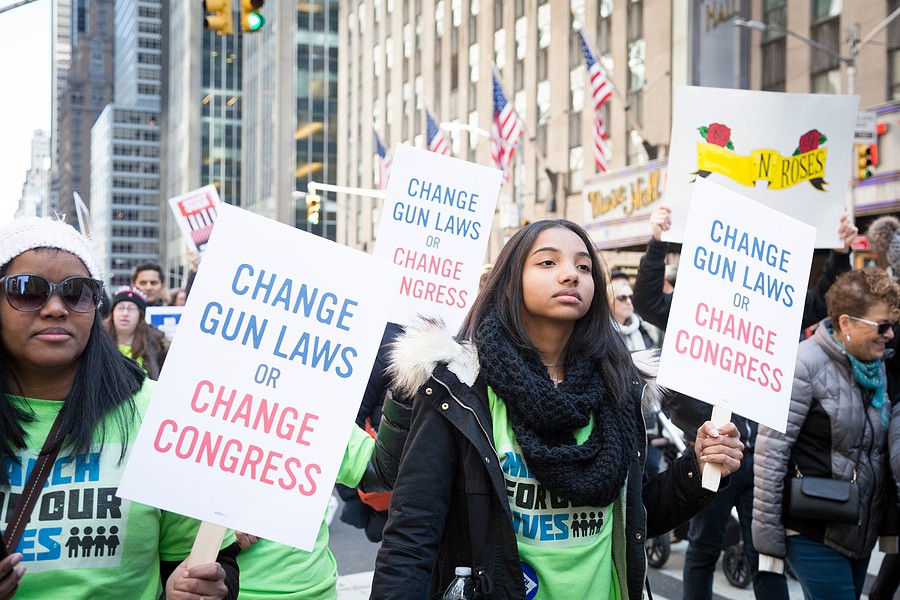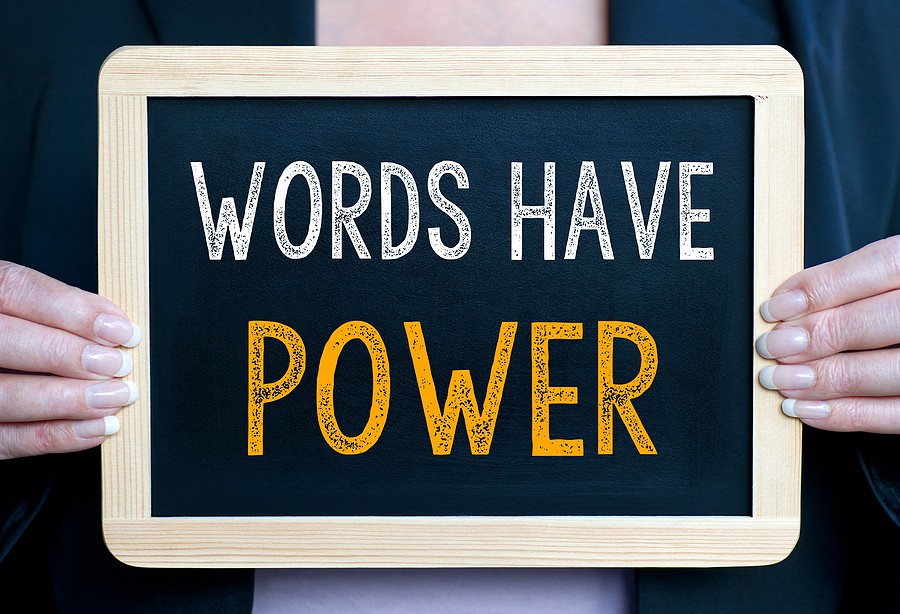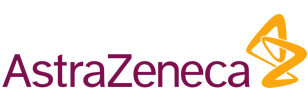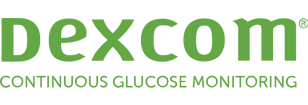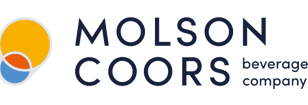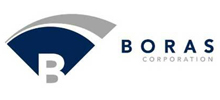How Sweepstakes Help You Raise Money for Causes You Care About
- By Declan McManus
- Jan 29, 2021
2020 has been an emotional rollercoaster. As most of us look forward to the end of one of the most challenging years in recent history, there have been some promising updates regarding the much-needed coronavirus vaccine.
As we look forward to what could be a very difficult winter amidst soaring cases and increasing lockdown orders, the possibility of an effective vaccine becoming available is welcome news. As the U.K. granted emergency-use authorization for Pfizer's two-dose vaccine on Wednesday, we can finally see a path to relief. After multiple phases, Pfizer's vaccine "came in to be 95% effective and well-tolerated in a 44,000-subject trial."
As other front runners including Moderna and AstraZeneca are also getting closer to reaching an effective vaccine, we can finally see a light at the end of the tunnel. While it will still be months before a vaccine will realistically be distributed to the general public, below is a (cautiously optimistic) timeline for a potential vaccine and how it will expedite the return to in-person events:
Late 2020 - Early 2021 : First Doses Distributed
In the next few months, we can (hopefully) expect the first doses of the vaccine to be administered in the U.S. This week, the CDC committee recommended that "the nation’s 21 million health care workers be eligible before anyone else, along with three million mostly elderly people living in nursing homes and other long-term care facilities." As health care workers and elderly people are the most exposed and vulnerable groups in the country, these populations will be the first to get their hands on the vaccine.
However, it is unlikely that there will be enough doses to vaccinate everyone in these groups at once. Pfizer and Moderna, the two companies closest to gaining vaccine approval, have estimated that they will have "enough to vaccinate no more than 22.5 million Americans by January."
Early 2021 : Essential Workers Receive Vaccine
The CDC committee also hinted last week that it would recommend essential workers to be next in line for the vaccine. Approximately 87 million Americans are classified as essential workers, which includes sectors such as food and agriculture, manufacturing, law enforcement, education, transportation, and emergency response.
As these are some of the hardest-hit populations in the COVID crisis, a vaccine for these groups will be a key step towards economic recovery.
Early - Mid 2021: People >65 or with Pre-Existing Conditions
After essential workers receive their first doses, the next priority groups the CDC are likely to recommend are people over 65 and adults with medical conditions that put them at high risk of coronavirus infection. However, this decision will most likely fall upon the states and some states may elect to vaccinate people >75 years of age first. Ultimately, the road to a vaccine will involve a multitude of decisions at national, state, and local levels.
Mid-2021: All Other Adults
Once all priority groups have received their first vaccine doses, the vaccine will be available to all other adults. As the vaccine has not yet been approved for children, it is yet to be known when children under 18 will be able to get the vaccine.
From keynote speakers and athletes to college students to the millions of people working remotely, it will take patience and resilience to wait for the vaccine to be distributed to priority groups first. However, while normalcy will most likely return in fits and spurts rather than in a continuous wave, there is promise that relief will come.
As we have seen varying success in face coverings and social distancing mandates keeping the virus at bay, the mRNA vaccine will provide effective and long-term solution by teaching the body to recognize and protect against the real virus through the use of a spike protein.
So, with all that said: the virus will take time but it is the key to returning to in-person events and normal life. If everything goes according to the above timeline based on vaccine progress and CDC guidelines, we can likely see a slow return to in-person events in mid-2021. While this return will most likely start slow with small events, masks, and social distancing, we will hopefully see a gradual progression towards larger events with fewer precautions.
In the spirit of cautious optimism, it's not crazy to hope for an in-person business event, small concert, or conference by the middle of next year. It may not feel "normal" right away, but the return will be sweet when it happens.
To explore our virtual sweepstakes or check out our amazing talent, visit the Engage website at https://www.letsengage.com/.



